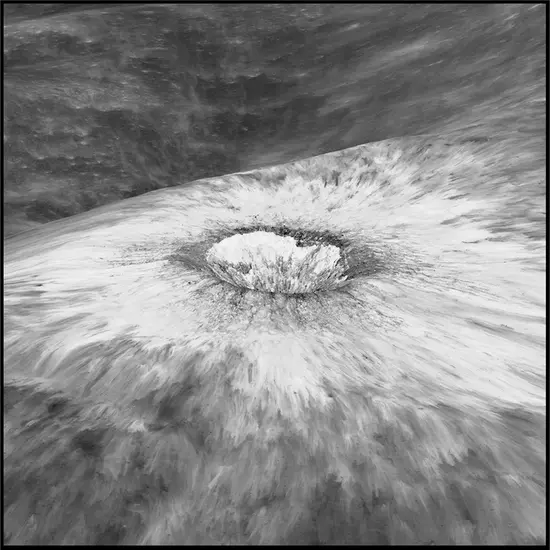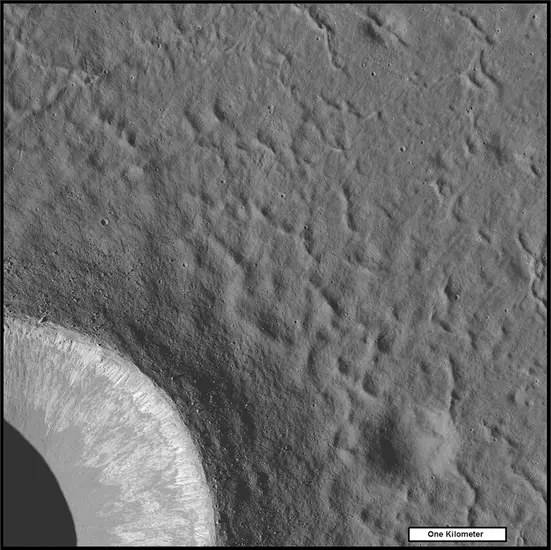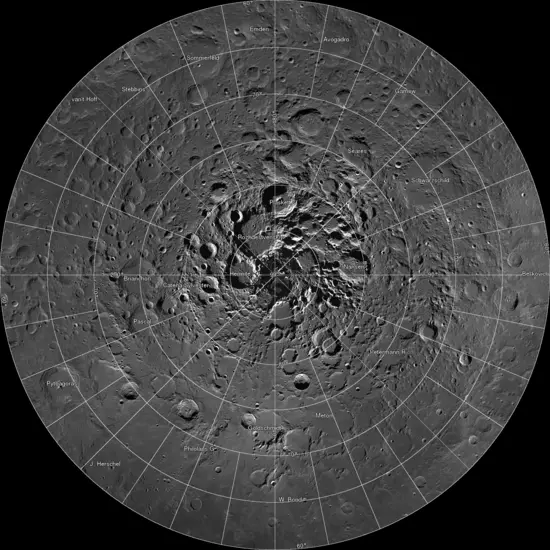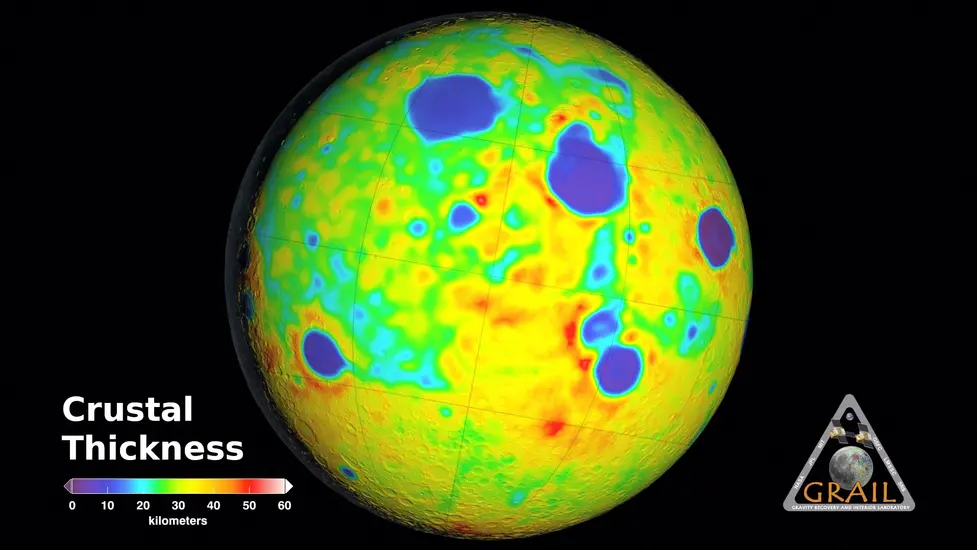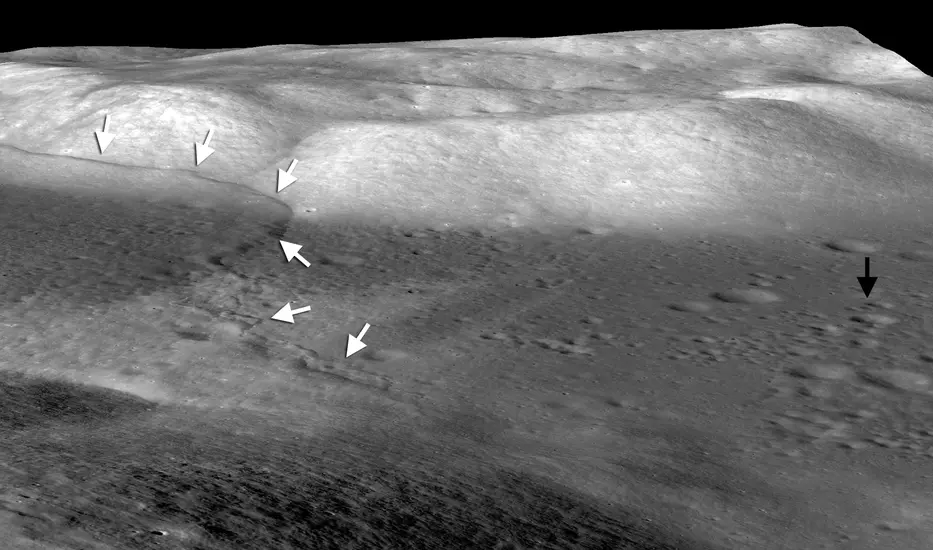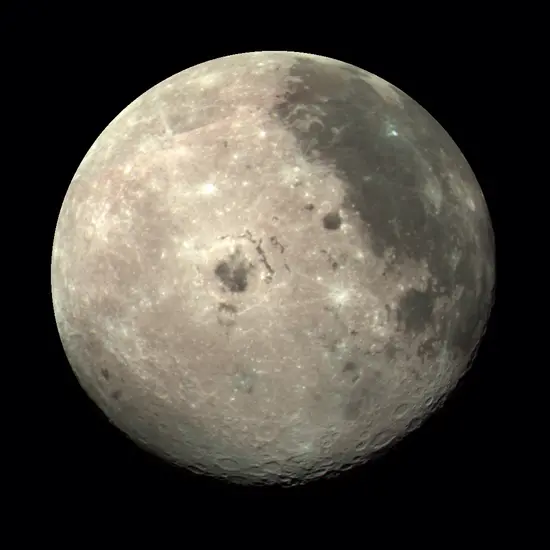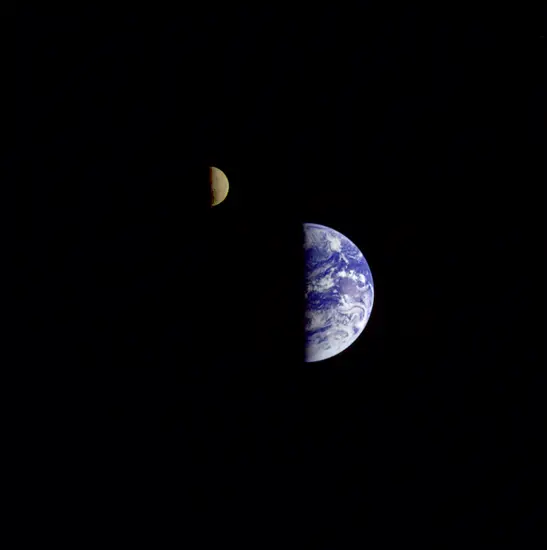
Smithsonian Planetary Image Facility
Image Holdings for the Moon
13
Holdings
Ranger 7,8,9
- Orbital Photography
- Press Release Photography
Lunar Orbiter 1-5
- Orbital Photography
- Press Release Photography
Surveyor 3,5,6,7
- Surface Photography
- Press Release Photography
Apollo 8,10,11,12,13,14,15,16,17
- Hasselblad Orbital Photography
Apollo 15,16,17
- Metric Photography
- Panoramic Photography
- Rectified Panoramic Photography
Galileo
- Press Release Photography
Clementine
- Selected Prints
Lunar Reconnaissance Orbiter
- Press Release Photography
Cartographic Products
Geologic Maps
- 1:1,000,000 and large scale landing site maps
Lunar Orthophoto Maps
- 1:250,000 of Apollo zone
Lunar Topo Orthophoto Maps
- 1:250,000 of Apollo zone
Lunar Photomaps
- 1:10,000
- 1:25,000
- 1:50,000 selected locations of Apollo zone
Lunar Topo Photomaps
- 1:10,000
- 1:25,000
- 1:5,000,000
- 1:50,000 selected locations of Apollo zone
*The above items are only for reference use and to review data before purchasing from data providers.
Additional Resources
About the Moon
Spacecraft/Missions
Online Imagery
- Planetary Photojournal: Moon
- Lunar Source Book
- Maps of the Moon
- LPI's Lunar Map Catalog
- Consolidated Lunar Atlas
- Apollo Image Atlas
- Apollo Surface Panoramas
- Digital Lunar Orbiter Photographic Atlas
- Lunar Orbiter Photo Gallery
- Ranger Photographs of the Moon
- Clementine Near-Infrared Map
- Lunar Reconnaissance Orbiter Camera Images
Please Note: The facility does not sell imagery and cannot provide reproduction services. A guide to Resources for Earth and Planetary Research is available to also help individuals find available imagery online.

